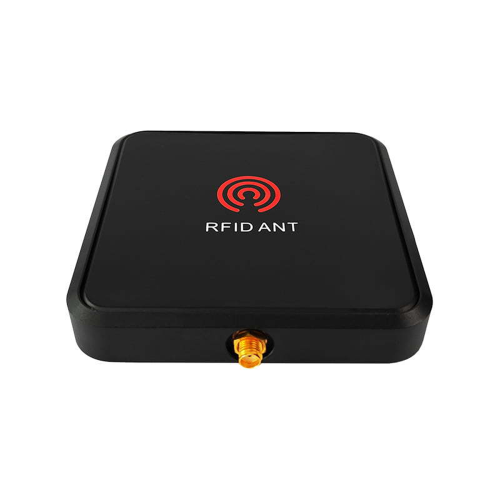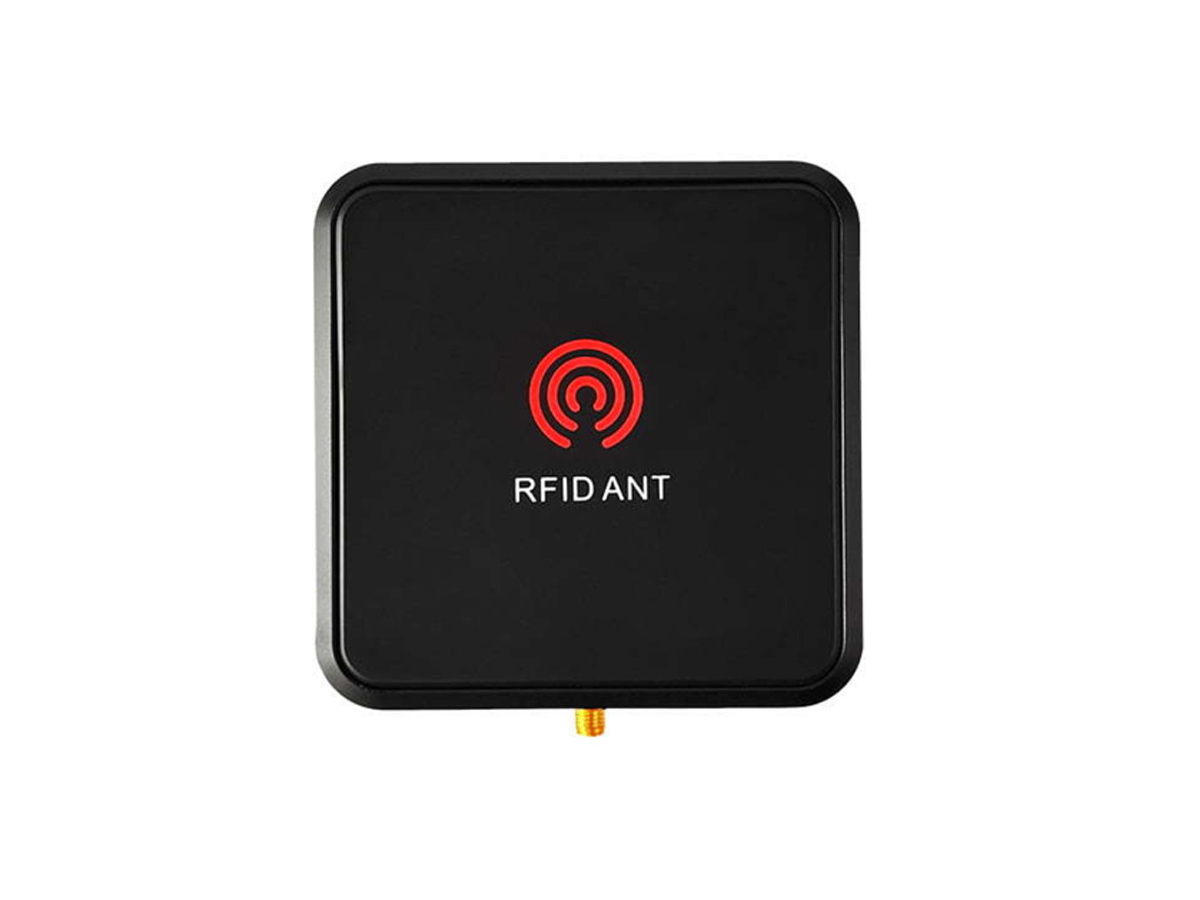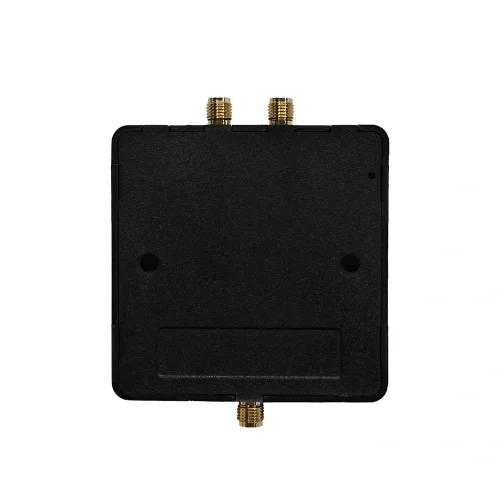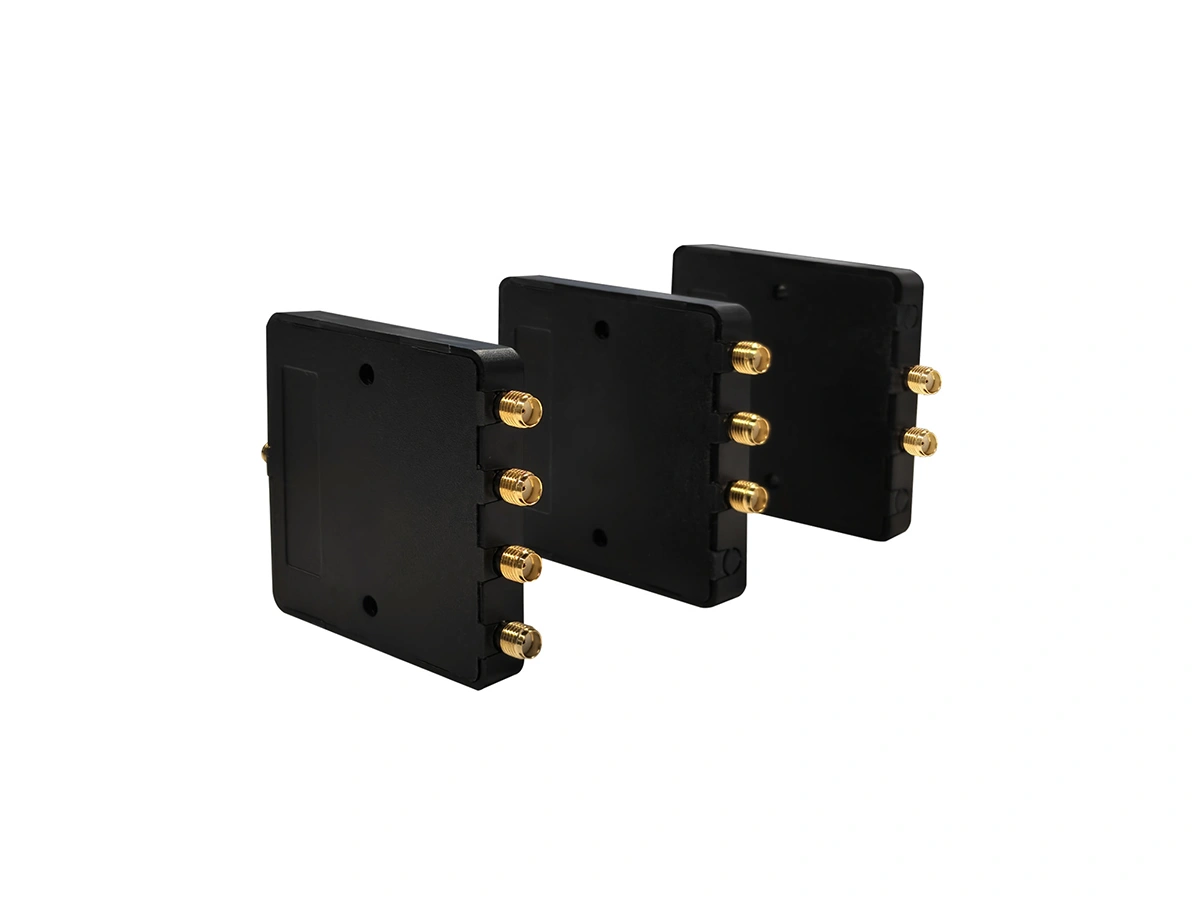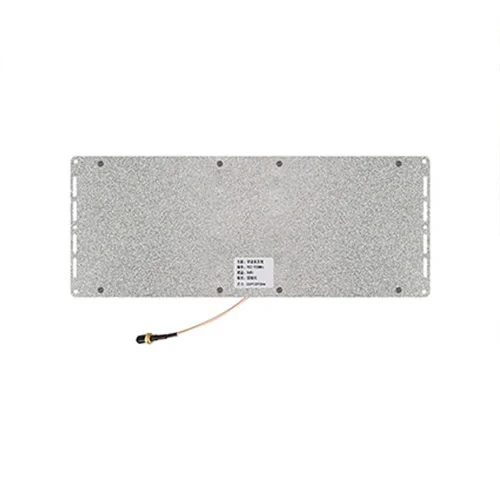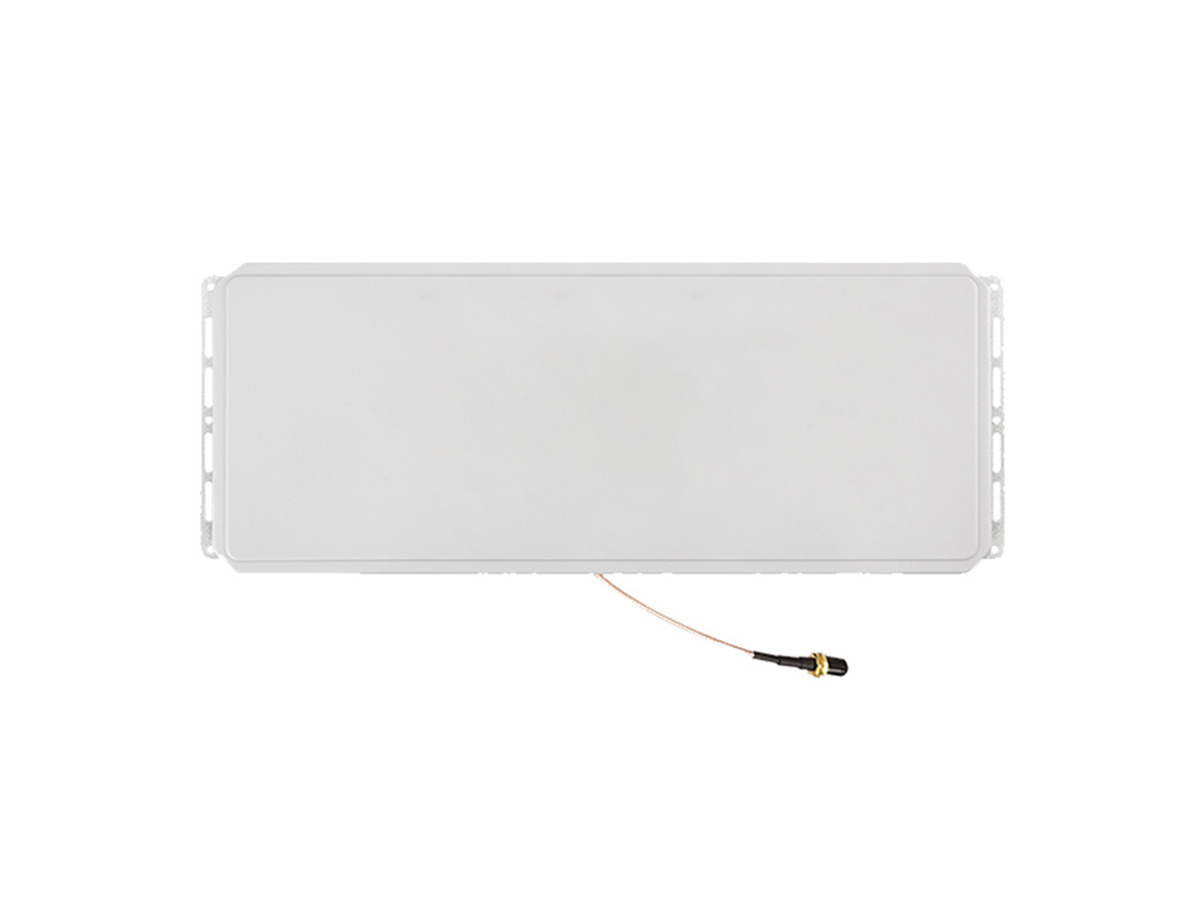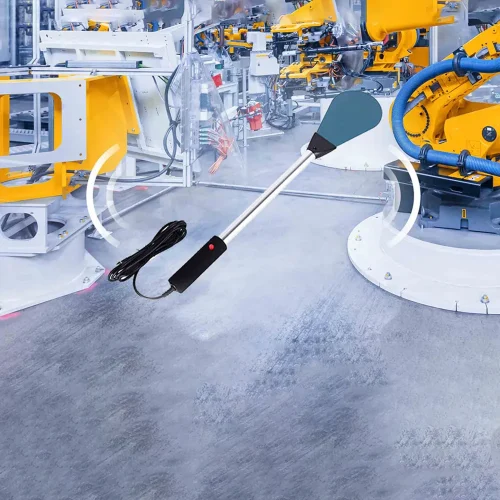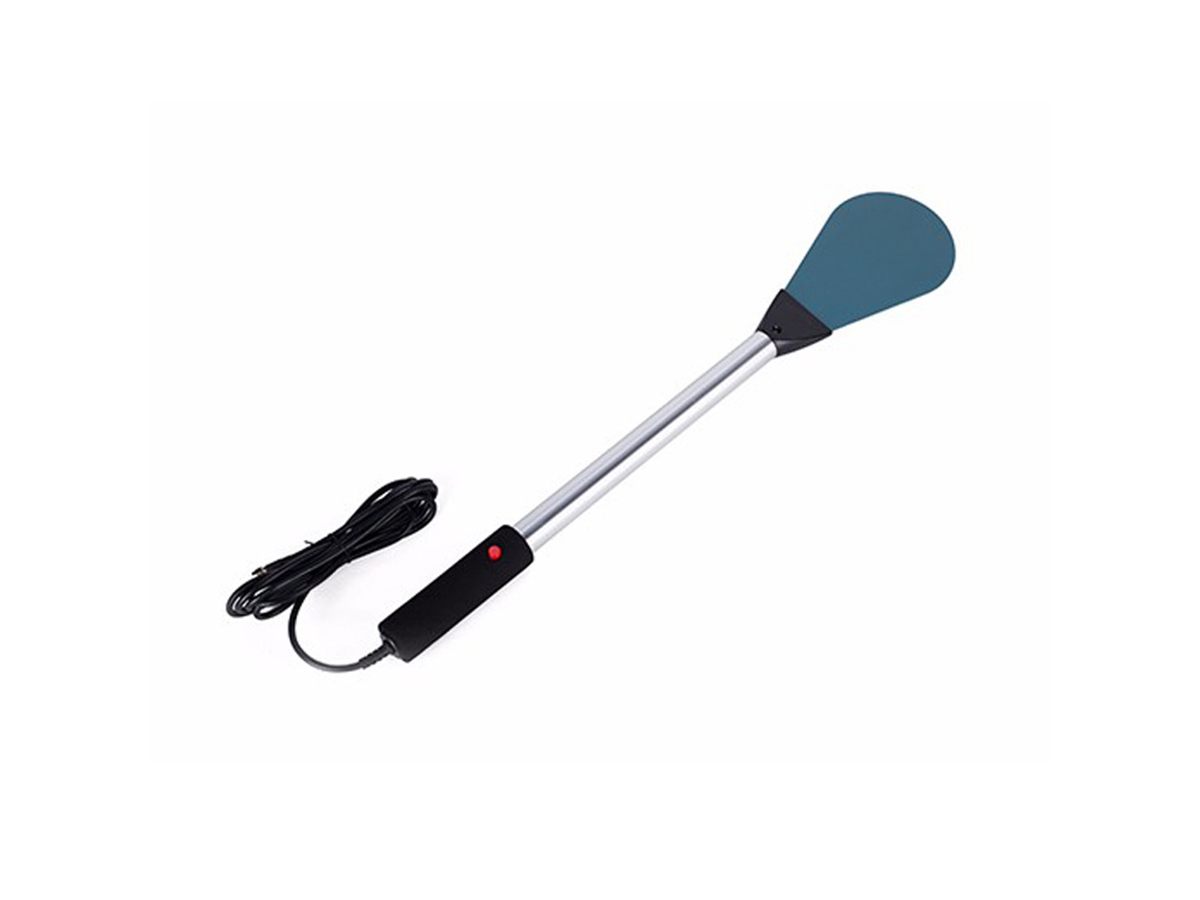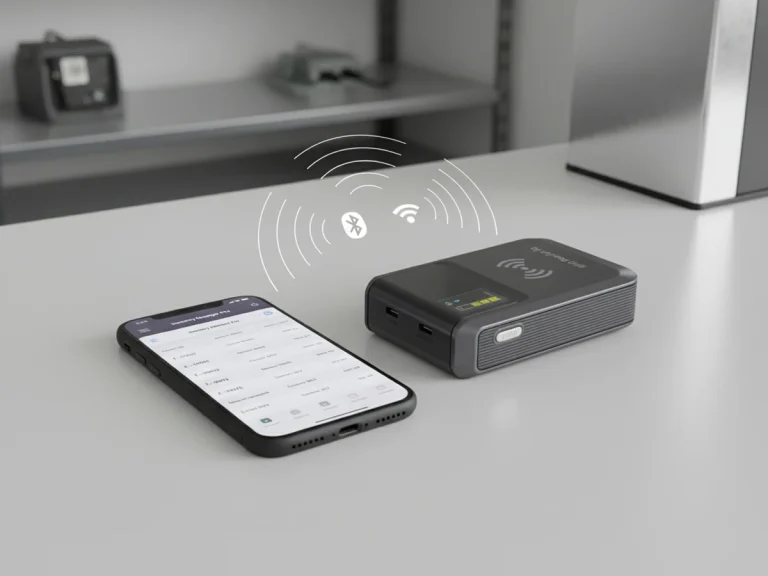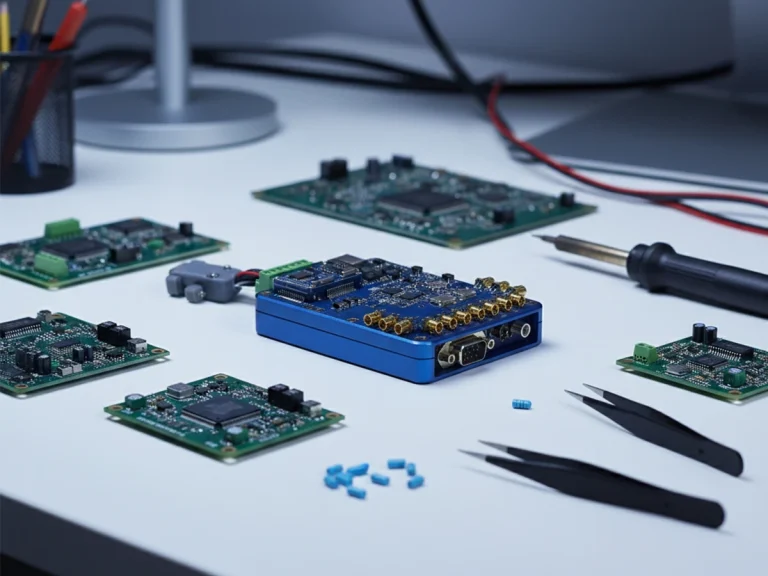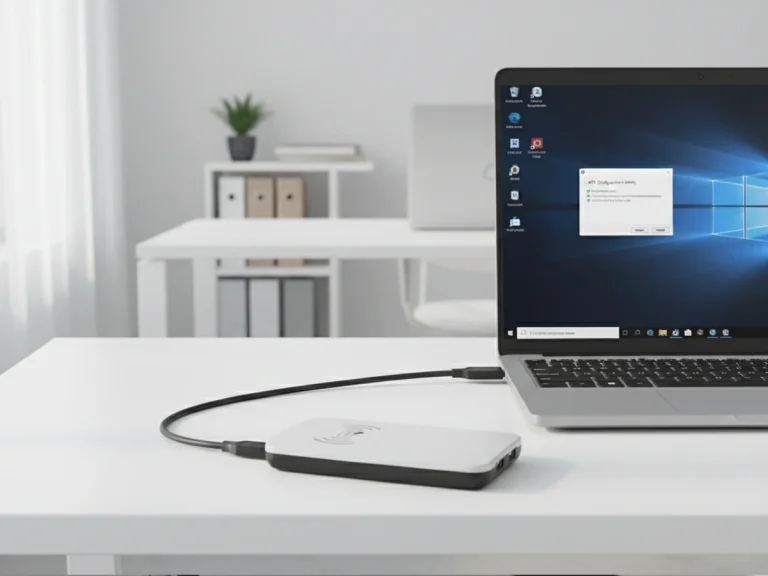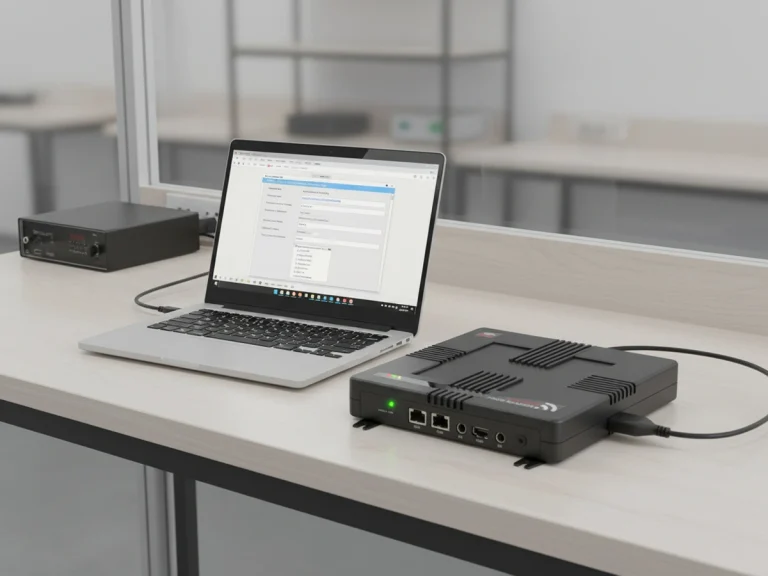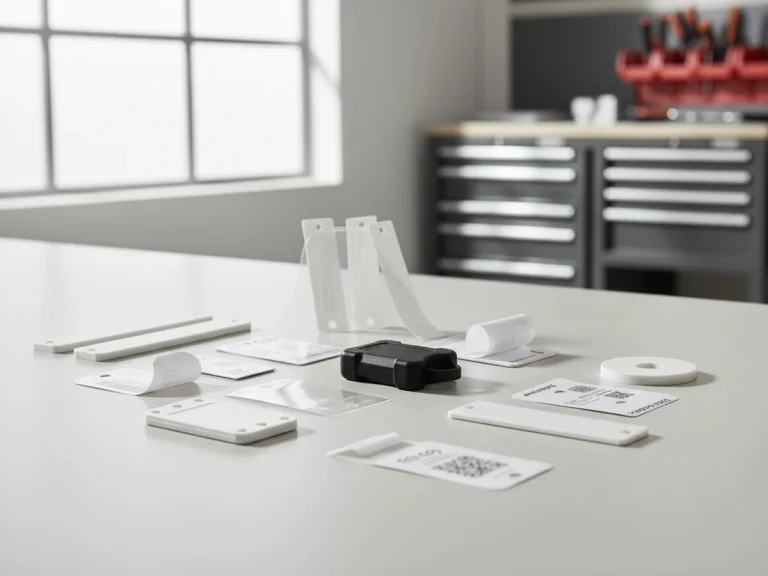
What types of RFID Antennas are available?
Different RFID antennas work in their own way, and the choice often decides how stable your system runs. At RFID Reader.io, we’ve tested antennas across warehouses, factory lines, and vehicle tracking setups. Below are the main types you’ll find in most RFID systems.
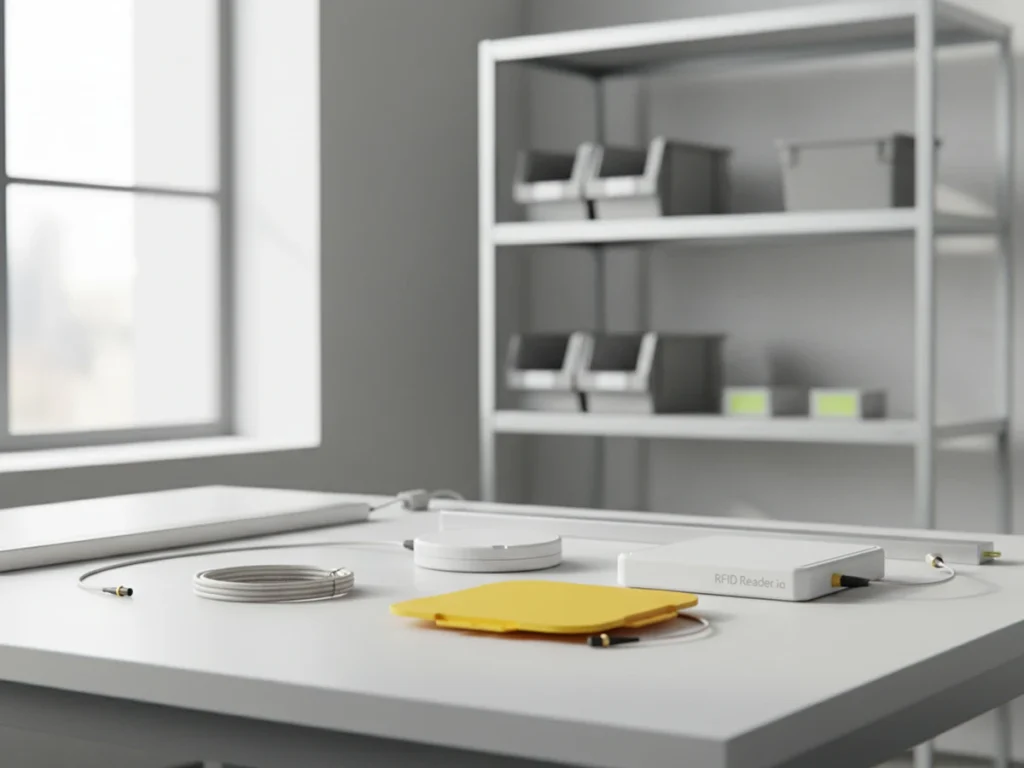
Near Field Antenna handle close-up reading. They work best when tags are very close — like jewelry, tools, or items on a workstation. The signal is tight and focused, which avoids picking up unwanted tags nearby. RFID Reader.io builds compact near-field units that are often used on packaging tables or medical devices.
Far-field antennas reach farther — several meters in many cases. They’re what you see above warehouse doors, in logistics tunnels, or near loading zones. These antennas throw a clean beam that captures tags as they pass through. Our VA series models are made for those environments where dust, metal, and constant motion are normal.
Circular polarized antennas help when you don’t know how a tag will face the reader. The signal spins in all directions, so it doesn’t matter if the tag is vertical or sideways. That’s why you’ll find them in access gates, retail checkpoints, and public areas. RFID Reader.io’s VA series is widely used in those applications.
Linear polarized antennas focus in one direction. When you need precision — say, reading tags on a production line — a linear type gives you a sharper detection zone. It reduces stray reads and helps keep your data clean. Our LP series is built for that kind of task.
Some setups call for something different: embedded antennas that hide inside machines, or flat panel antennas for walls and ceilings. RFID Reader.io develops those custom options too, usually for clients who need antennas to blend into the environment or handle tough industrial conditions.

When you pick an antenna, think about what really matters:
- How far it needs to read
- The way tags will face it
- What kind of space it’s in — metal shelves, outdoor, temperature shifts
Once those points are clear, finding the right antenna becomes easy.
RFID Reader.io designs and tests each antenna to hold steady in real-world use, not just in the lab.
You can browse our latest models and find what fits your project best at RFID Reader.io.
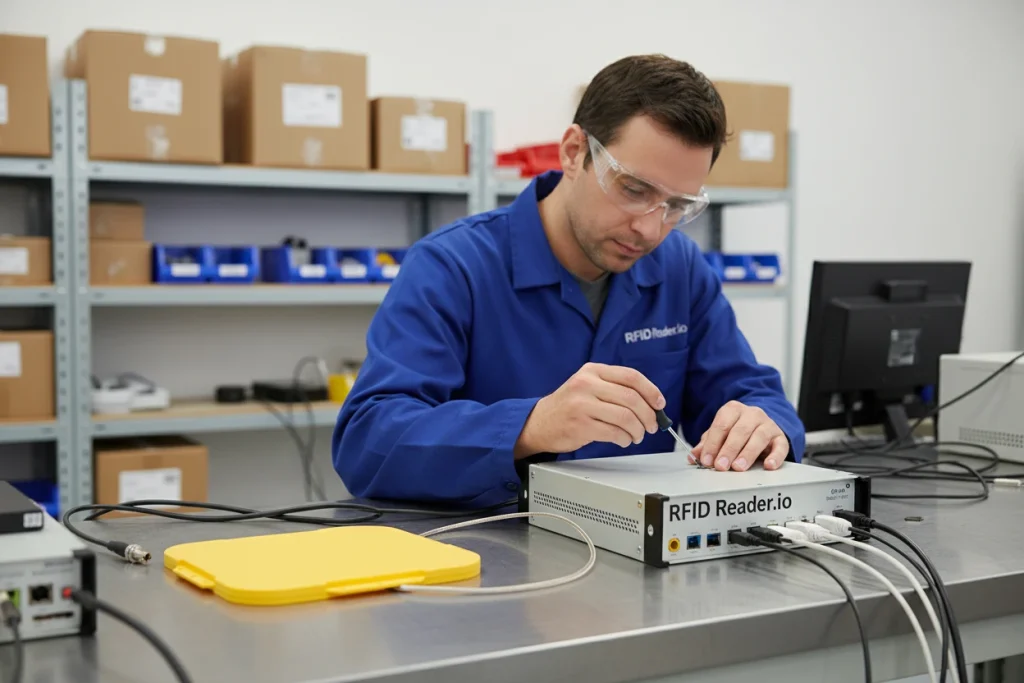
FAQ: Understanding RFID Antennas
1. What does an RFID antenna actually do?
An RFID antenna sends and receives the radio waves that talk to RFID tags. It’s the part that creates the “reading zone.” Without it, even the best reader can’t detect a tag.
2. How do I know if I need a near-field or far-field antenna?
It depends on how close your tags are. For very short distances — like jewelry or assembly lines — go with near-field. For loading gates or moving pallets, far-field performs better.
3. What’s the difference between linear and circular polarized antennas?
Linear antennas read in one direction, great for accuracy. Circular antennas cover more angles, so they’re ideal when tag orientation is unpredictable.
4. Can I use multiple antennas with one RFID reader?
Yes. Most fixed readers, including those from RFID Reader.io, support several antenna ports. This lets you cover different zones without installing more readers.
5. Are all RFID antennas weatherproof?
Not all. Some are designed for indoor retail or lab use. Outdoor antennas from RFID Reader.io are sealed to handle rain, dust, and changing temperatures.
6. Does metal or glass affect antenna performance?
Yes, reflective materials can distort signals. We recommend using antennas with metal-friendly housings or positioning them away from direct reflections.
7. Can RFID antennas be customized for unique projects?
Absolutely. RFID Reader.io helps integrators build custom shapes and gain levels, especially for OEM or embedded systems where space and materials matter.
8. How do I choose the right cable length and connector?
Use the shortest cable you can, and always match the connector type with the reader. Our team provides matched accessories so your system keeps a stable signal.
Send Us An Email
Feel free to send us an email and we will reply to you as soon as possible.

